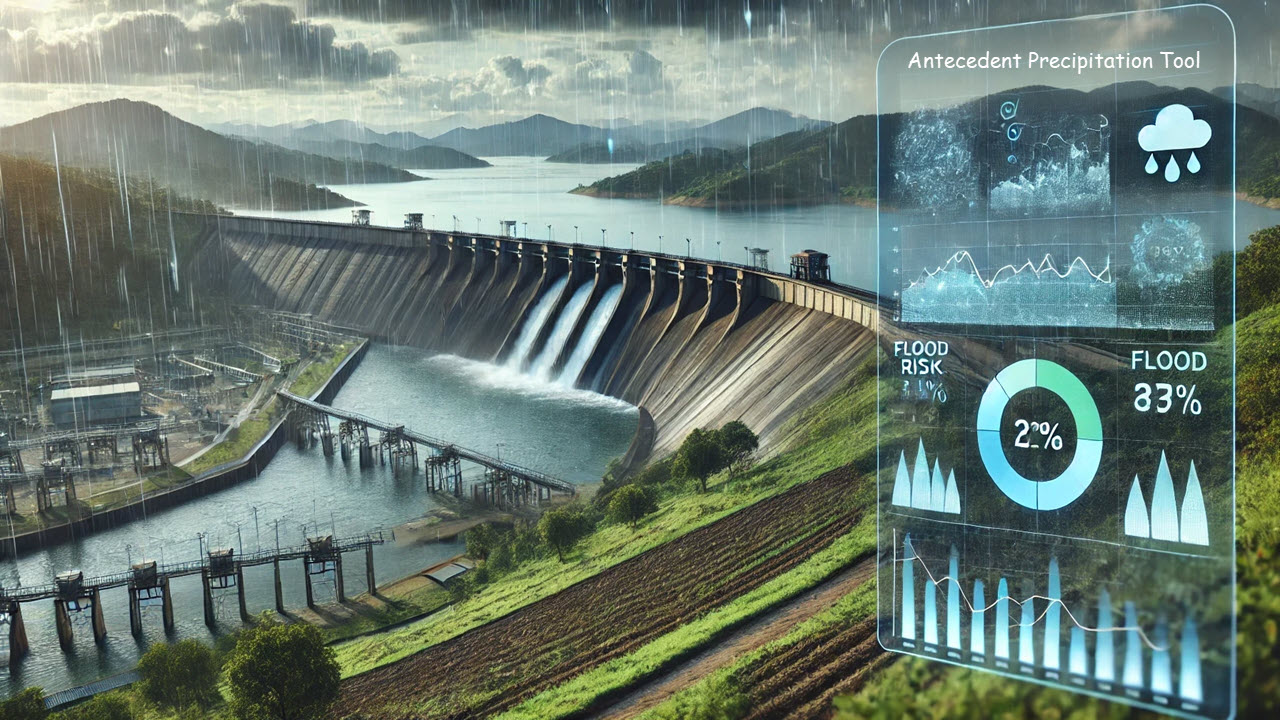
The recent devastation in Western North Carolina, wrought by Hurricane Helene last month, has had far-reaching consequences. NOAA’s National Centers for Environmental Information (NCEI) headquarters in Asheville have been affected, and as a result of the damage, the data center is shut down. Since the network service provider for the NCEI headquarters is also not functioning, the USACE Antecedent Precipitation Tool (APT) is offline. As a result, wetland delineators and other environmental professionals across the country are unable to access the decades-worth of NOAA data stored on those servers. The U.S. Army Corps of Engineers, in their press release, advises that practitioners “may use the manual procedures described in Chapter 5 of the Regional Supplements to the Corps of Engineers Wetland Delineation Manual and Chapter 19 of NRCS’ Engineering Field Handbook.”
Chapter 5 of the Regional Supplements addresses the challenges of identifying wetlands in difficult situations. Some wetlands lack typical indicators like hydrophytic vegetation, hydric soils, or wetland hydrology due to natural processes or disturbances. This chapter outlines approaches for making wetland determinations in problematic areas and atypical situations, such as those affected by human activities or natural events. It includes guidelines for agricultural and silvicultural lands, problematic vegetation and soils, wetlands that lack hydrology indicators, and wetland/non-wetland mosaics. The procedures emphasize the importance of professional judgment and the use of available data sources to make informed determinations. Field inspectors are encouraged to investigate indicators like volunteer vegetation, undisturbed reference sites, and historical data to determine if wetland conditions exist.
The NRCS Engineering Field Handbook Chapter 19 provides detailed guidance on using hydrology tools for wetland identification and analysis in the Prairie Pothole Region (PPR) states, which include Iowa, Minnesota, North Dakota, and South Dakota. It outlines the procedures to determine lateral effect distances for wetland drainage systems, utilizing data from the National Soil Information System (NASIS). A key component of the chapter is the hydrogeomorphic (HGM) classification system, which categorizes wetlands based on landscape position, water source, and water movement. The handbook emphasizes the importance of accurately assessing these soil types when calculating lateral effect distances, which is critical for proper drainage system planning. Both of these chapters, while providing great supplemental information, are unable to provide historic data on par with that of the APT tool.
We have learned a lot as a result of Hurricane Helene, not the least of which is that climate disasters can happen anywhere, anytime. Bodies of water, even at high elevations, can overflow and devastate local communities, with the added risk of landslides, due to the steep slopes. What we have also learned is that the APT tool, which is used by thousands of environmental professionals, research scientists, and hydrologic engineers across the country, only works when the NCEI servers in Asheville are functioning. Why should people care and pay attention about this, especially when they are struggling to recover and rebuild? Well, the APT tool is crucial for assessing flood risk by considering the amount of precipitation that has fallen over a specific period before a significant weather event. It helps engineers and planners understand the soil’s saturation level, which influences how much additional rain could lead to flooding. By evaluating this antecedent moisture condition, the APT provides better predictive capabilities for water management decisions. This tool is especially important for managing reservoirs, flood control systems, and other water infrastructure. Ultimately, the APT aids in preventing damage from extreme weather events by improving the accuracy of flood forecasting.
Hopefully the above helps people understand why the APT tool is so important. What Hurricane Helene has highlighted is the issue that the APT code is written in such a way that it is hard linked to the NCEI servers: it cannot get NOAA’s data from anywhere else. So this begs the question, is all of that data housed only in Asheville, NC? If so, are there any back-ups, and could the APT tool code be re-written to allow for it to access that back-up data? It seems to me that the APT tool is going to be critical in the coming months and years when it comes to not only redesigning the basic infrastructure, but also to redesigning and rebuilding entire neighborhoods to be more resilient to flood events. It would behoove us all to have the USACE Antecedent Precipitation Tool built back more resilient as well.
